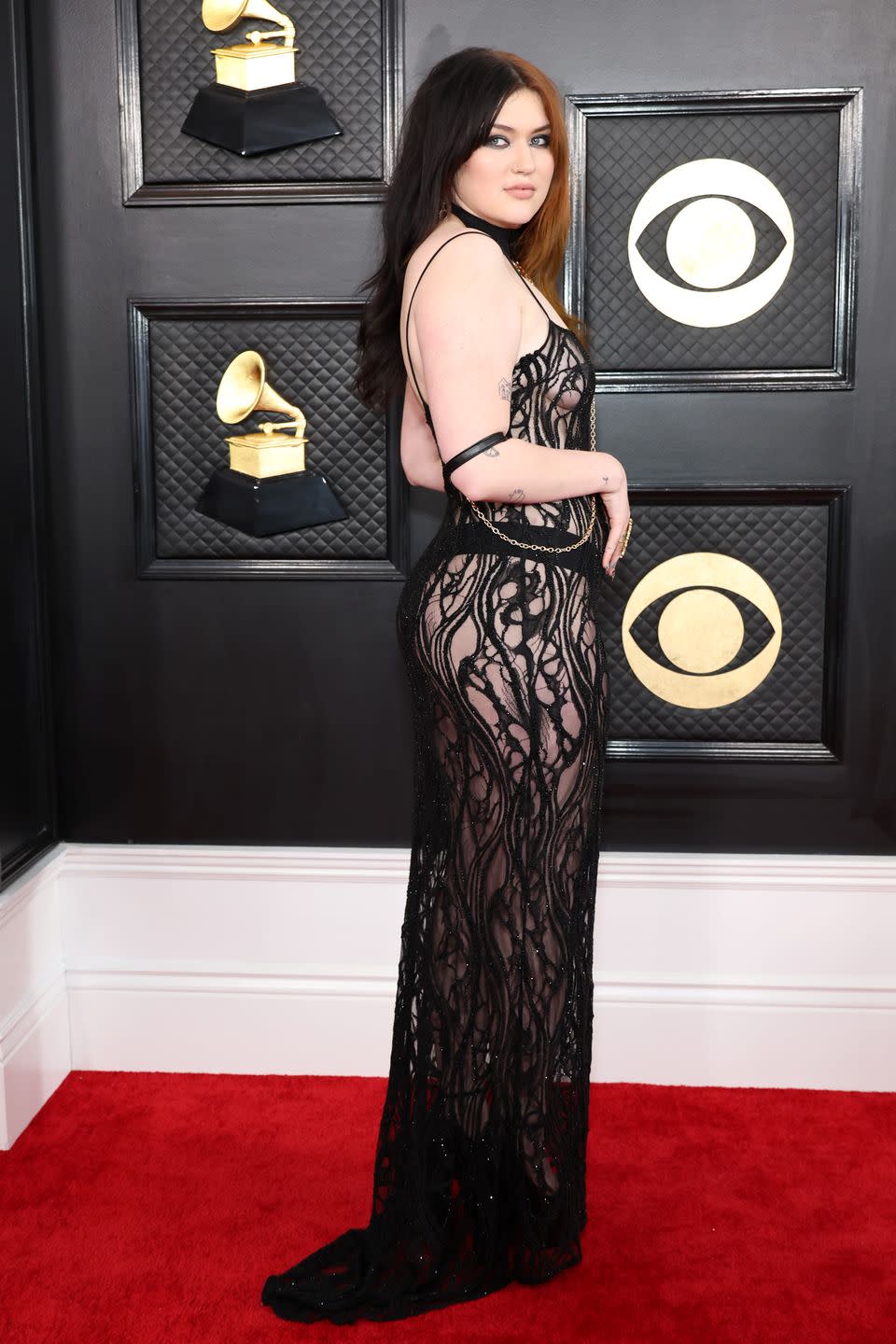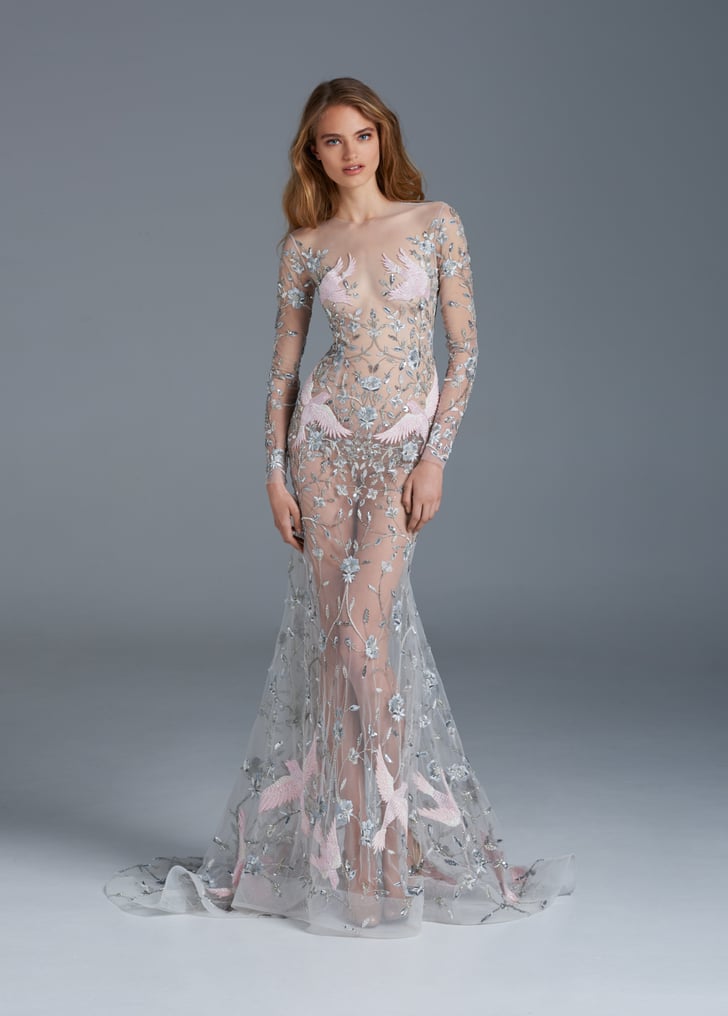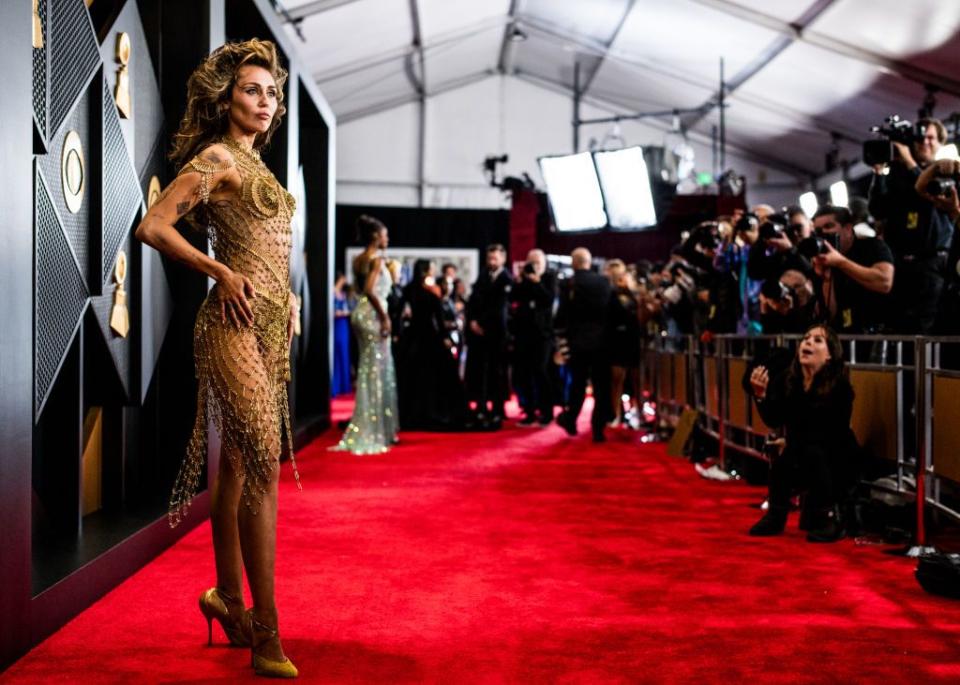There's a curious fascination many people hold for the moments when appearance changes, that is that shift from being clothed to something else. It's a topic that, you know, captures attention in various ways, sparking conversations and creating spaces where folks gather. These shared interests often find a home online, allowing individuals to connect over common curiosities. It seems, too it's almost, that the simple act of clothes coming off, or even just the idea of it, holds a certain appeal for a lot of people.
Online spots have sprung up, dedicated to these very specific kinds of visual transformations and the stories that go along with them. You see, people find a sense of belonging in these groups, a place where they can explore their interests without feeling out of step. It’s a pretty common human thing, really, to seek out others who share what you find interesting, especially when it comes to visual themes or personal accounts. These places, in a way, become a sort of communal spot for looking at how people present themselves, and then how they might not.
From collections of pictures showing someone changing their look to personal stories about self-expression, these online groups reflect a wide array of human interests. It's quite interesting, actually, how specific these shared topics can get, yet still draw in thousands upon thousands of people. The idea of someone being dressed, and then not, or the visual play between those two states, is a concept that, apparently, resonates with a good many individuals, creating a rather active online presence.
Table of Contents
- What is the Appeal of Dressed Undressed Moments?
- Finding Connection in Dressed Undressed Spaces
- How Do Online Groups Shape Shared Interests?
- The Art of Dressed Undressed Collages
- Exploring Different Kinds of Dressed Undressed Stories
- Personal Narratives and Dressed Undressed Expressions
- Why Do People Gather Around Specific Themes?
- The Dressed Undressed Community Focus
What is the Appeal of Dressed Undressed Moments?
There's something quite captivating about seeing a shift in someone's presentation, isn't there? The idea of "dressed undressed" really speaks to this visual change, the moment when layers come off, or when a person moves from being fully clothed to a state of being less so. It’s not just about the final image; it's often about the process, the transformation itself. This curiosity is, you know, a very human trait, wanting to see how things alter and what lies beneath the surface. For many, it's a simple fascination with appearance and how it changes.
People often find themselves drawn to these visual sequences for various reasons. Some might appreciate the artistic side of the transition, the way light and shadow play as clothing is removed, or the different shapes and forms that become visible. Others might be interested in the personal aspect, imagining the feelings or experiences tied to such a change. It's, like your, a bit like watching a story unfold visually, where each step reveals a little more. This kind of visual narrative, so, holds a unique kind of interest for many who encounter it.
The appeal also lies in the sense of authenticity or vulnerability that can come with such a display. When someone shares a moment of becoming "undressed," it can feel like a peek into a more private part of their life, something that is usually kept hidden. This sense of seeing something more genuine, or perhaps more raw, can be quite compelling. It's not always about explicit content; sometimes, it's just about the simple act of revealing more of oneself, and that, too it's almost, creates a connection with the viewer, even if it's just a fleeting one.
Finding Connection in Dressed Undressed Spaces
When people share a common interest, they often seek out places to connect with others who feel the same way. This is very true for the concept of "dressed undressed." Online groups become gathering spots where individuals can discuss these visual themes, share their own thoughts, and simply be part of a larger conversation. It’s a place where, basically, you can find others who "get" what you find interesting, no matter how specific it might seem. These communities offer a sense of belonging for those who appreciate this particular kind of visual exploration.
These online communities provide a forum for discussion, allowing people to talk about what they find compelling about these transitions. They might share insights, express appreciation for certain aspects, or simply enjoy the shared experience of viewing such content. It’s a way to feel less alone in one's interests, to know that there are thousands of others who also find this concept engaging. The shared interest in "dressed undressed" acts as a kind of glue, bringing together people from all sorts of backgrounds into one virtual spot, which is quite remarkable, you know.
The act of joining these groups and participating in them also builds a kind of camaraderie. Members often feel a sense of shared purpose, a collective appreciation for the visual transformations being presented. This feeling of connection, of being part of something bigger, is a powerful draw for many. So, whether it's through simple viewing or active participation, these "dressed undressed" spaces really do help people find others who share their unique curiosities, creating a vibrant online world.
How Do Online Groups Shape Shared Interests?
Online groups, like the ones focused on visual changes, play a pretty big part in how people explore and even define their shared interests. They offer a readily available platform where individuals can find specific content that speaks to them, something that might be harder to find in everyday life. For instance, if you're interested in how people present themselves, and then how they might look without certain coverings, these groups provide a concentrated source of such visuals. It's a way for people to, you know, really hone in on what they like.
These groups also help to categorize and organize content, making it easier for people to discover new things within their area of interest. Instead of just a general search, you can go to a place specifically dedicated to, say, visual arrangements of people changing their appearance. This specialization helps to refine what people are looking for and connect them with exactly what they want to see. It’s, in a way, like a curated collection, making it much simpler to find what you're after, which is pretty useful, honestly.
Furthermore, the presence of so many people with similar interests creates a kind of feedback loop. When a group has hundreds of thousands of members, it means there's a constant stream of new content and discussions. This keeps the interest alive and helps it to grow, as people are always discovering new aspects or seeing new examples of the "dressed undressed" theme. It’s a pretty dynamic environment, actually, where shared interests are not just maintained but actively expanded upon by the collective contributions of many individuals.
The Art of Dressed Undressed Collages
One particular way people explore the "dressed undressed" concept is through what are often called collages. These are visual arrangements, often made from several pictures, that show a person in different states of dress, or perhaps the process of them changing their appearance. It's a creative way to highlight the transformation, to show the before and after, or even the in-between moments. These picture groupings, you know, can be quite striking in how they convey the idea of shifting looks.
The making of these visual collections involves a certain eye for detail and composition. It's about putting together images in a way that tells a story, even without words, focusing on the visual journey from being clothed to being less so. People who create and appreciate these often look for the subtle differences, the way light falls, or the expressions on a person's face as they change. It’s, kind of, a visual narrative that unfolds across a series of frames, capturing the essence of the "dressed undressed" idea.
These collected images are very popular in certain online communities, drawing in many who enjoy this specific form of visual storytelling. They allow for a direct comparison, a side-by-side look at the shift in appearance, which is often the core of the interest. So, whether it's a simple pair of pictures or a more complex arrangement, these "dressed undressed" collages offer a compelling way to explore the theme of appearance and its changes, providing a rich visual experience for those who appreciate them.
Exploring Different Kinds of Dressed Undressed Stories
Beyond just visual content, the concept of "dressed undressed" also extends into the sharing of personal stories and narratives. People often find a great deal of interest in hearing about others' experiences, especially when those experiences involve changes in appearance or moments of self-revelation. These tales can be quite varied, ranging from everyday situations to more specific or intimate accounts. It’s, like, a way to connect with the human side of the visual transformation, to understand the feelings and thoughts behind it.
Some of these stories might focus on the act of shedding layers in a public or private setting, describing the sensations or reactions involved. Others might delve into the reasons behind such actions, exploring themes of freedom, confidence, or personal expression. These narratives provide a deeper look into the human experience related to appearance. For example, some accounts might describe someone taking off their clothes in a particular spot, or how others reacted to such an action, offering a glimpse into a very personal moment, which can be quite intriguing, you know.
There are also narratives that explore the idea of taking on different appearances, such as stories involving crossdressing. These tales can be either based on actual events or be purely imagined, but they all share a common thread of exploring identity and presentation through clothing, or the lack thereof. The interest here lies in the exploration of different roles and expressions, and how clothing, or the absence of it, plays a part in that. So, these "dressed undressed" stories, in a way, offer a very personal window into the human experience of appearance and identity.
Personal Narratives and Dressed Undressed Expressions
The sharing of personal accounts, especially those related to the "dressed undressed" theme, creates a powerful form of connection within online groups. When someone chooses to tell their own story, whether it's about a moment of shedding clothes or exploring a different identity through attire, it often resonates deeply with others. These narratives can make the abstract idea of visual change feel very real and relatable, allowing readers to perhaps see a bit of themselves in the experiences being described. It's, you know, a very intimate form of communication.
These stories provide a window into individual experiences, showing how people express themselves through their appearance or through the act of changing it. For instance, someone might write about how they felt playing with themselves in a chair by a window after undressing, and the reactions of others around them. Such accounts, while very specific, speak to broader themes of personal freedom and self-discovery. They highlight the private moments that, when shared, can foster a sense of shared humanity and understanding among readers, which is pretty cool, honestly.
The fact that these narratives can be either real-life events or fantasy tales also adds another layer of interest. It allows for both genuine connection with lived experiences and the exploration of imagined scenarios, catering to a wider range of curiosities. This blend of reality and imagination in "dressed undressed" expressions means there's always something new to read, something that might spark a new thought or feeling, keeping the community engaged and its stories ever flowing, which is quite something, really.
Why Do People Gather Around Specific Themes?
It's a pretty common thing for people to gather around very specific themes or topics, especially online. When it comes to something like "dressed undressed," or even more particular interests like certain groups of women, these shared fascinations bring people together in large numbers. The reason for this often comes down to finding others who genuinely appreciate the same things, no matter how unique those things might seem to outsiders. It’s, kind of, a natural human tendency to seek out like-minded individuals.
These focused groups provide a sense of validation and acceptance. If you have a particular interest that might not be widely discussed in your everyday life, finding an online community dedicated to it can be incredibly reassuring. It shows you that you're not alone, and that there are many others who share your curiosity. This feeling of belonging is a very strong motivator for people to join and participate in these specialized online spots, which is quite important, actually.
Furthermore, these communities often become the primary source for content related to their specific theme. If you're looking for collages of people changing their appearance, or stories about certain types of women, these groups are where you'll find a concentrated collection of such material. This makes them incredibly valuable to their members, ensuring a steady stream of relevant content and ongoing discussion. So, people gather around specific themes because it fulfills a need for connection, validation, and direct access to the content they care about.
The Dressed Undressed Community Focus
The core of many online groups, including those centered on the "dressed undressed" idea, is a very strong focus on their particular subject matter. This means that content is highly relevant to the group's theme, and discussions stay on topic, which is a big draw for members. For example, communities that focus on certain types of women, like mothers, and the idea that they can be expressive or "wild," attract those who are specifically interested in that demographic and its portrayal. It’s, basically, about a shared, very specific interest.
This concentrated focus helps to build a dedicated and active membership. When people know they can consistently find exactly what they're looking for within a group, they are more likely to become regular participants. This leads to a vibrant community where members contribute, discuss, and support each other's interests. The "dressed undressed" communities, in particular, thrive on this kind of dedicated attention to their specific visual and narrative themes, which is pretty evident from their large member counts, you know.
The very specific nature of these groups also means that content is often tailored to the exact preferences of its members. This ensures a high level of engagement and satisfaction. Whether it's visual arrangements of people changing their appearance, or personal tales about identity and expression, the "dressed undressed" community focus ensures that members always find content that resonates with their particular curiosities. This dedication to a niche topic is, truly, what makes these online gathering places so compelling for so many individuals.



